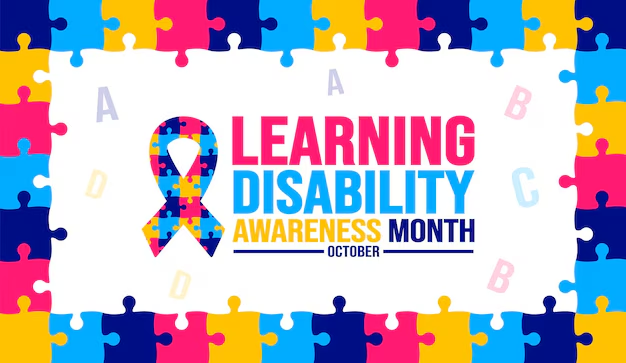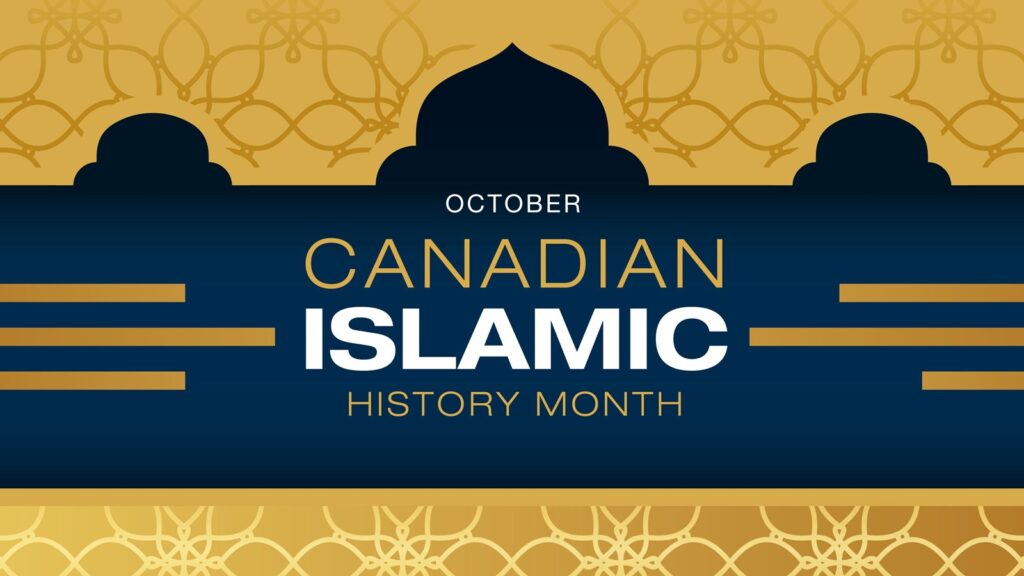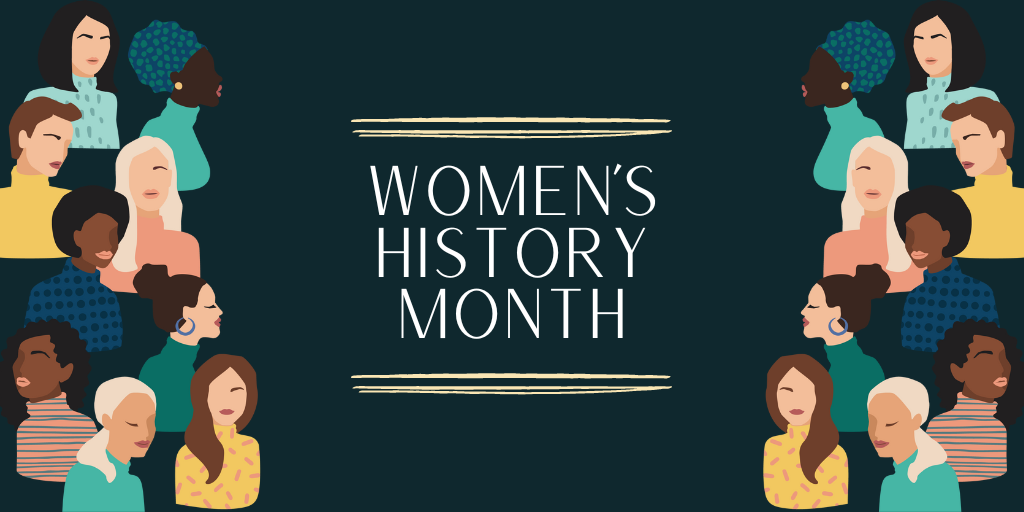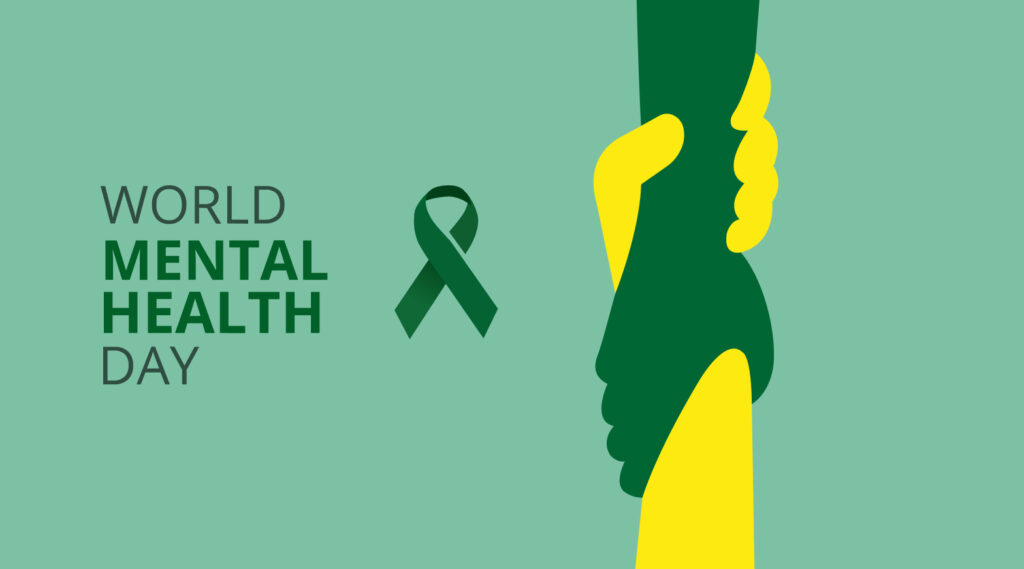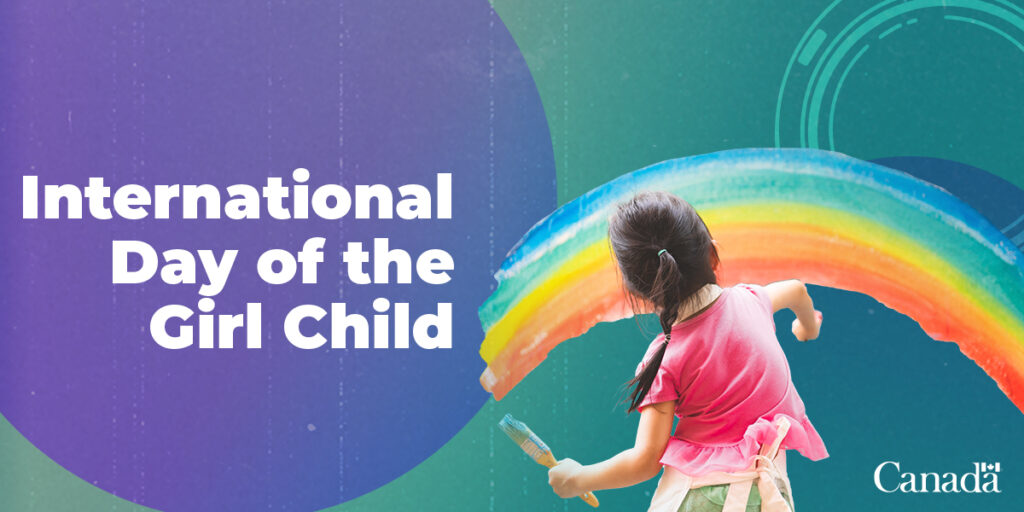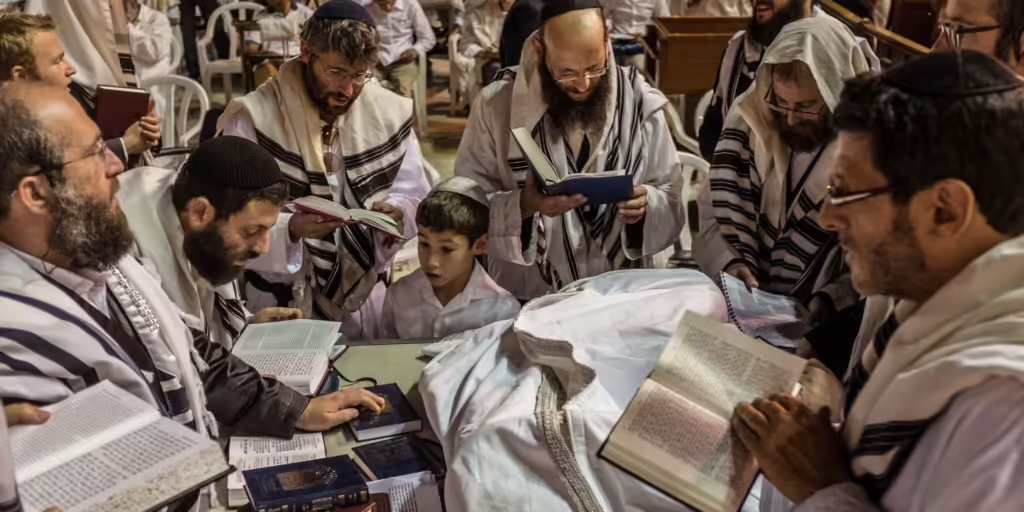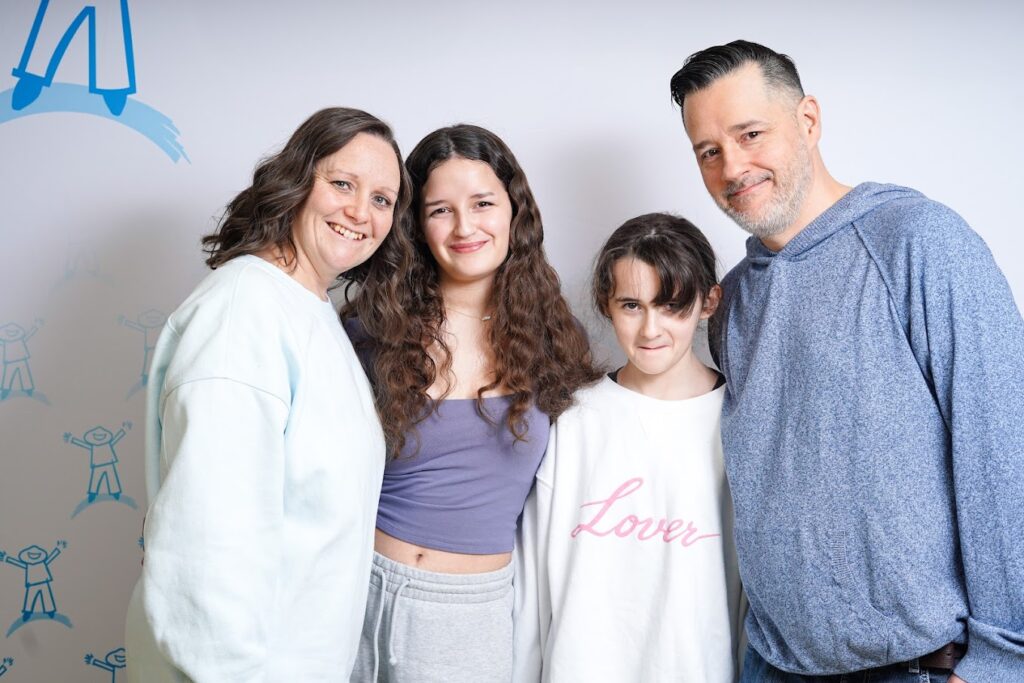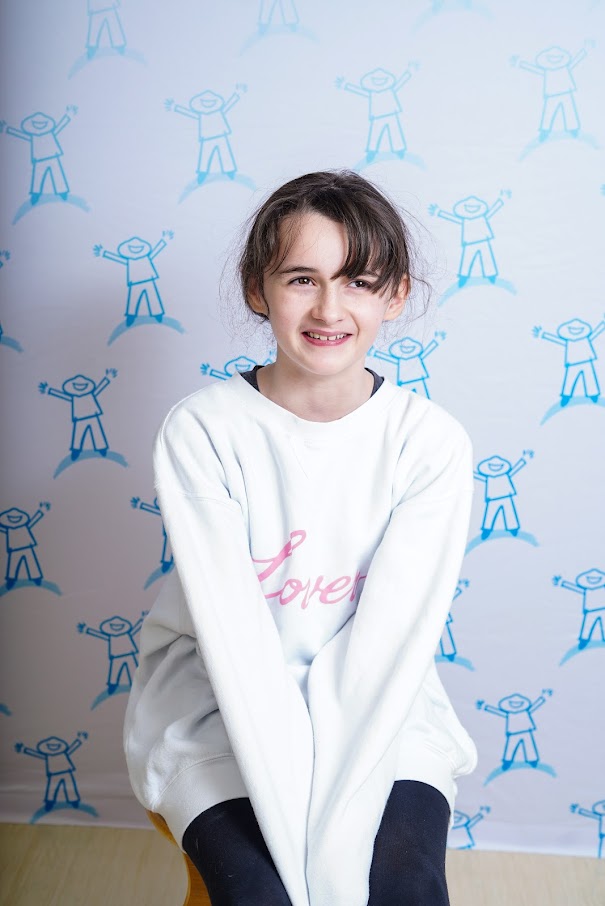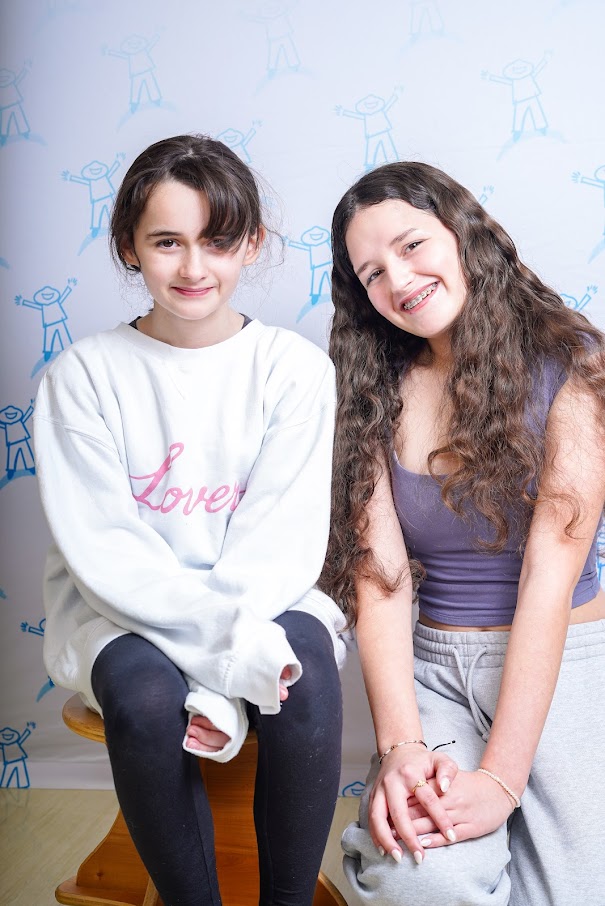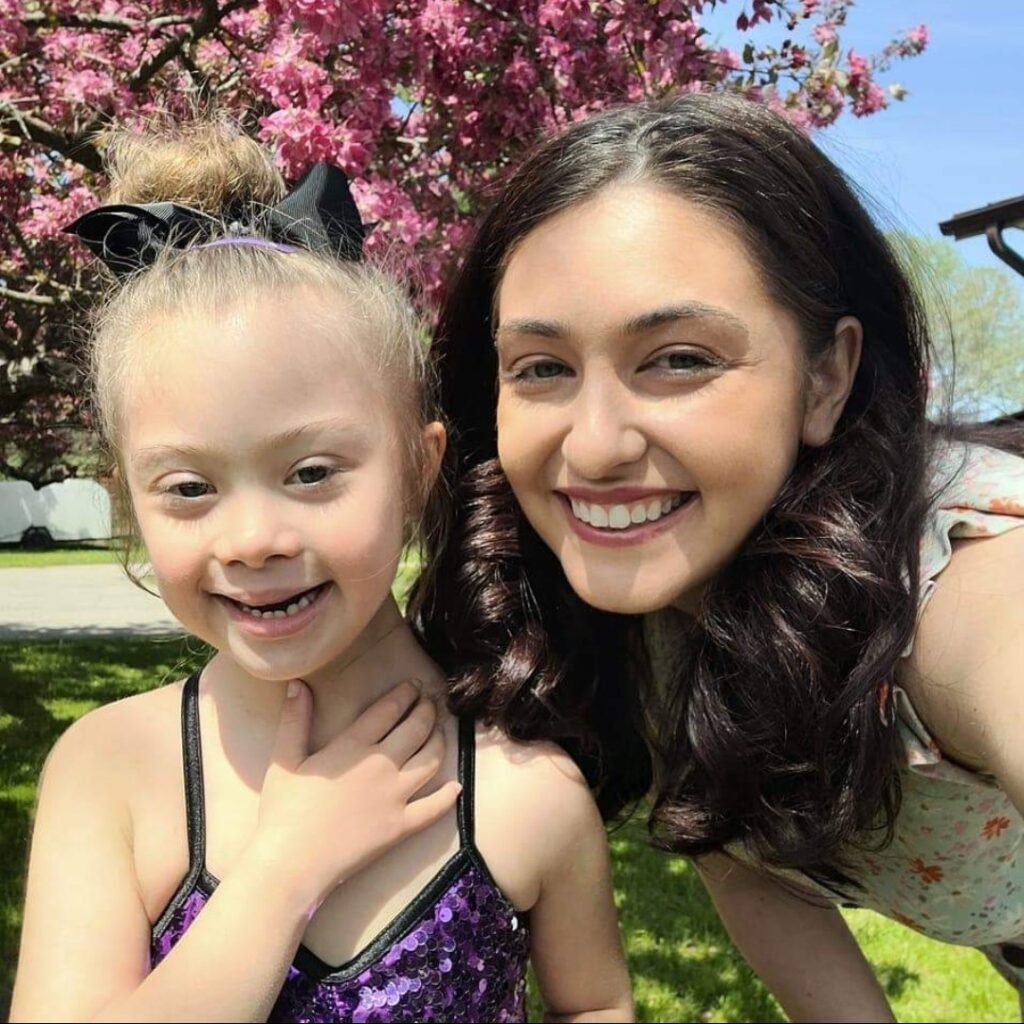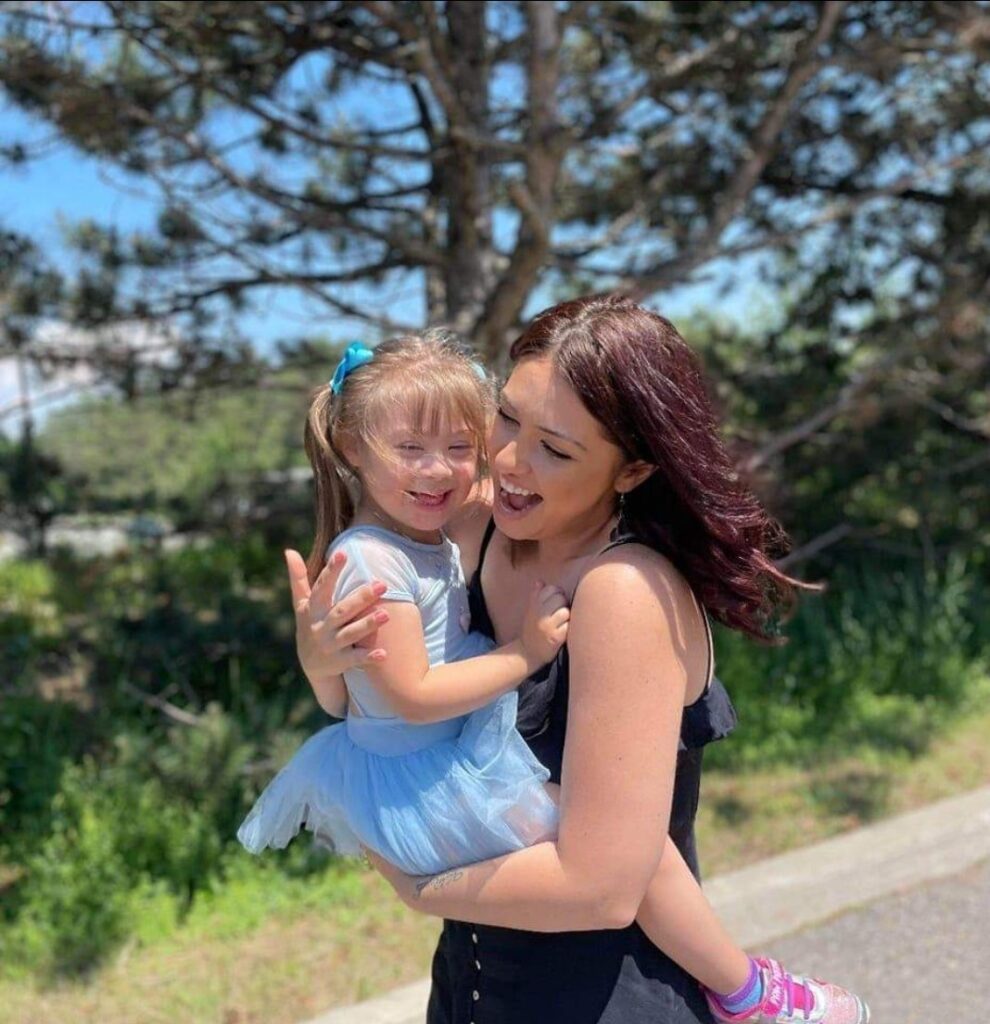World Prematurity Day is a day to raise awareness of premature births and an opportunity to work with partners around the world to prevent it. The average pregnancy lasts 37 to 42 weeks, marking 37 weeks of pregnancy as reaching full-term and births before 37 weeks are considered preterm. Nearly 8% of all Canadian babies are born prematurely. Preterm babies have smaller body lengths, lower birth weights and are at risk for increased health and developmental challenges.
The likelihood of a Neonatal Intensive Care Unit (NICU) stay is high, and the duration of the stay will depend on the length of the pregnancy and the health of the baby. Many of these preterm babies will go on to have physical, communication and developmental needs. There is also a huge need for support for parents of preterm babies who will experience the difficulties of NICU life and the possibilities of navigating new medical diagnoses, posing a risk for both short-term and long-term mental health challenges. On World Prematurity Day, we wear purple to show our support.
Client Story:
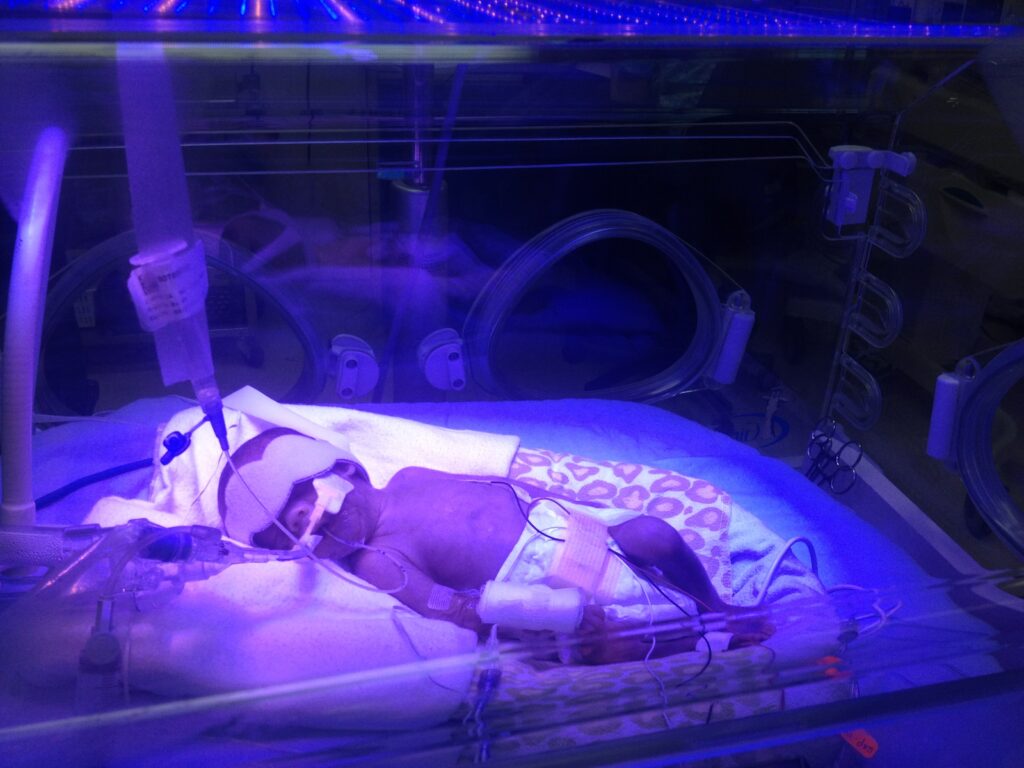
“Connor was born 13 weeks premature at 27 weeks gestation, weighing only 2.7lbs and began his journey in the Neonatal Intensive Care Unit (NICU). The very first few days were scary as doctors were uncertain if he would survive the first 48 hours. His lungs were so underdeveloped he was placed on an oscillator jet to help him breathe over the next couple of weeks. During this time, we were not able to hold Connor and physical contact was kept to a minimum because of how sensitive his skin was. During this time, doctors were keeping a close eye on his head circumference as the size of his head was growing at a faster rate than it should have been.
After many head ultrasounds, it was discovered that Connor had suffered bilateral grade 3 and 4 brain bleeds resulting in Hydrocephalus. Hydrocephalus is a condition in which an accumulation of cerebrospinal fluid occurs within the brain. This typically causes increased pressure inside the skull. It was determined that Connor would need surgery to place a VP shunt to help with the draining of the fluid buildup. At this time, there was a major concern he was still too little and weak to undergo such a surgery, so doctors decided to wait and continue to monitor his head circumference on a week-to-week basis until he was both strong and big enough to undergo the surgery.
A month after birth, Connor was transferred to Sick Kids Hospital to undergo surgery to place a VP shunt, but before they could perform surgery, he became extremely ill. Connor had developed Necrotizing Enterocolitis (NEC), an infection which can be deadly for premature babies. Luckily, it was caught quickly and only needed to be treated with medication. At 34 weeks gestation, Connor had his surgery and VP shunt placed. After 120 days in the NICU, he was able to come home.


Due to Connor’s prematurity, he was placed on a waiting list for early intervention. When Connor was only eight months old, he started physiotherapy (PT) and occupational therapy (OT) at Grandview Kids with two amazing therapists! At 12 months, he was diagnosed with right-sided Hemiplegia Cerebral Palsy. When it came to hitting his milestones, he was a little behind, but he ended up meeting them in time and with hard work. He wore ankle-foot orthotics (AFOs), received Botox injections to weaken the spastic muscles and had many hours of PT and OT. In 2021, Connor had Selective Dorsal Rhizotomy (SDR) surgery to remove the spasticity from his legs. Connor is a smart, funny and strong warrior who is now nine years old and loves Elvis, Marvel, Star Wars and video games. He accomplishes anything he puts his mind to; he doesn’t let anything get in the way of what he wants!”
